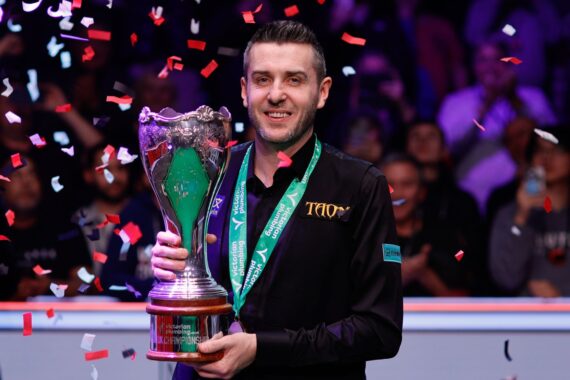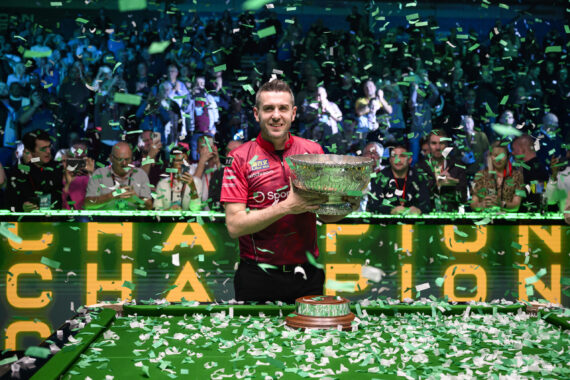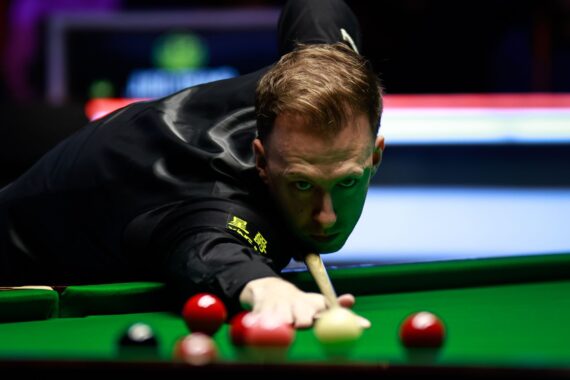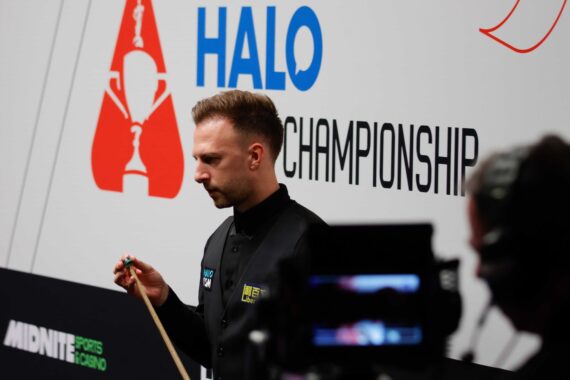Judd Trump: An Underrated Champion?
Victory for Judd Trump at the World Grand Prix last weekend represented his third ranking title success of the 2020/21 season to date and the sixth of what has been a record-breaking year for the world number one.
But following his win against Stuart Bingham at the last 16 stage of the tournament, Trump suggested that his achievements during the first half of this campaign had not received the coverage that they have merited:
“I don’t know anyone who has ever had a start to a season like I have and not really much gets mentioned,” said Trump. “If it was someone else, it would be a lot more publicised.
“For me, I’m very proud of how I’ve started the season and a lot of the top players probably outside of the top four would take the season I’ve had already. And I’ve still got a handful of events left this season.
“It’s been an incredible season so far and I’m just trying to live up to the standards I set in the last couple of years. At the moment, I’m doing that.”
Does he have a point? Our own Matt Huart considers how Trump has been able to translate his prodigious talent to tour domination and just how his achievements measure up against the great champions of our sport past and present…
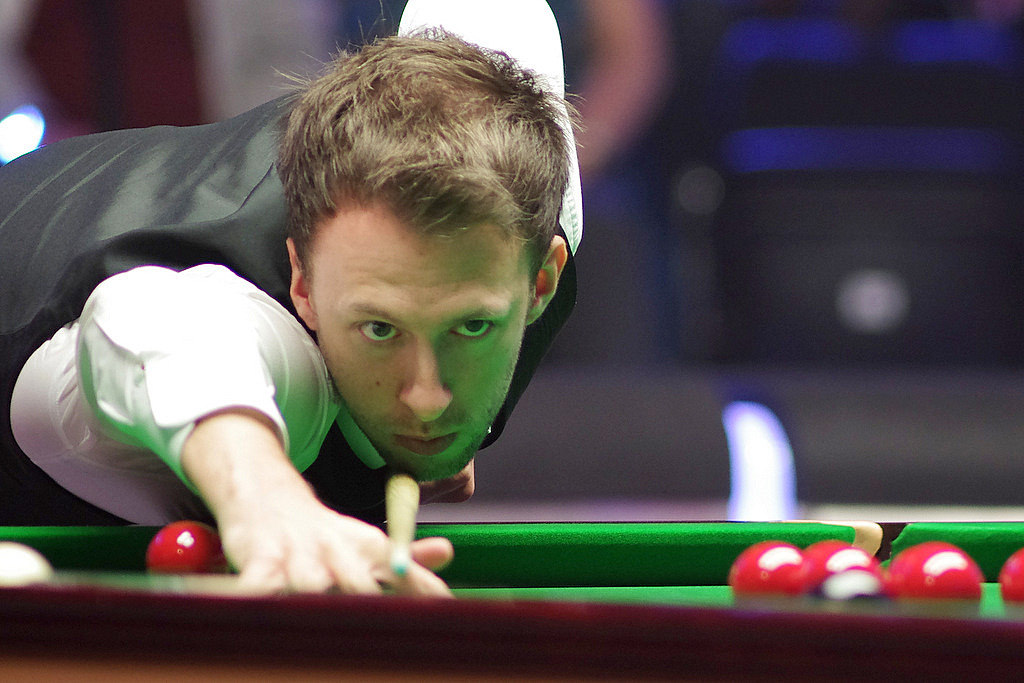
The Background
A prolific winner at junior level, Trump first turned professional as a 16-year-old in 2005, but despite success in events such as the Championship League and Masters qualifying tournaments, it was not until 2011 that he would truly announce himself as an elite player on the World Snooker Tour.
Ranking titles at that year’s China Open and UK Championship, either side of a memorable run to the World Championship final at the Crucible Theatre, heralded the arrival of a new star on the baize. It was not only the silverware, but the swashbuckling style of play – later dubbed ‘naughty snooker’ – that felt like such a breath of fresh air at the turn of the decade.
He would remain a consistent winner, adding a further six ranking titles and remaining firmly ranked inside of the world’s top eight. Since the start of the 2008/9 season, he has still never finished lower than sixth on the list of century break makers per season and has topped the list on four occasions.
But with expectations high and a maiden world title continuing to elude him, accusations of underachievement, coupled with the rise of countryman Kyren Wilson, who notably defeated Trump on four occasions in 2018, led some to doubt whether the Bristolian would be able to truly fulfil his undoubted potential at the highest level.
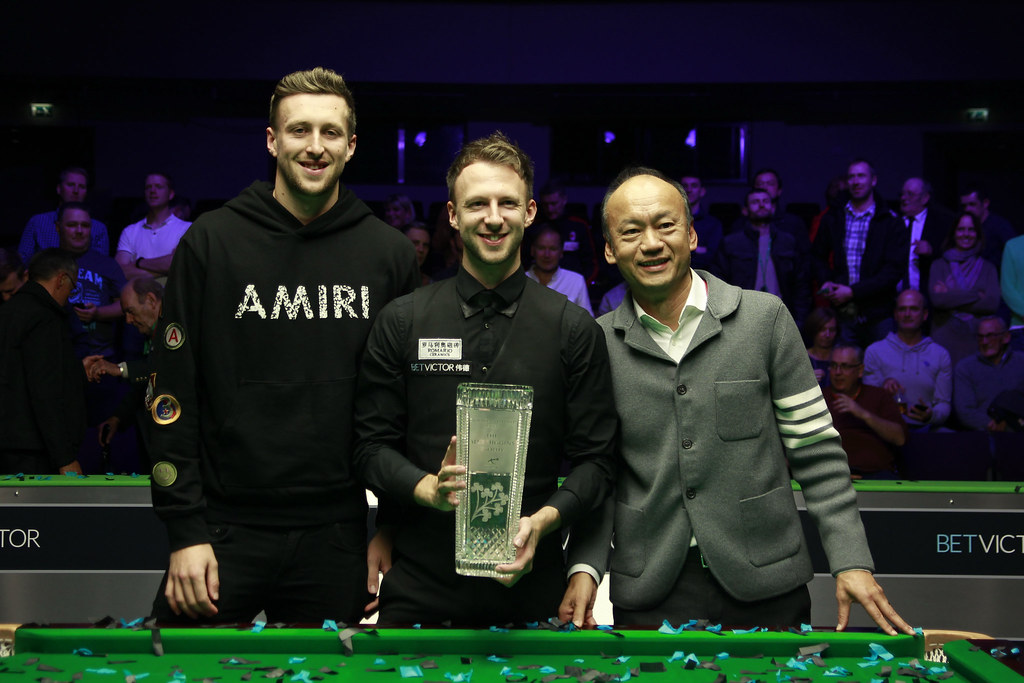
What Changed?
At the start of the 2018/19 season, Trump sought the help of his younger brother Jack to travel on tour and work with him on the practice table. The decision would prove to be a masterstroke, with Jack handed the responsibility of devising routines to sharpen Judd’s all-round game, as well as satisfy his insatiable desire to pot balls.
Undoubtedly a key factor in what has followed since, this also followed Trump’s decision a year prior to undergo laser eye surgery for a condition that unbeknownst to many, had dogged him for much of his professional career. Trump has also credited this as being a major factor in his subsequent success.
Following a title drought stretching back over a year, the stars aligned for Trump at the 2018 Northern Ireland Open in Belfast. His 9-7 final victory against Ronnie O’Sullivan that November is now often cited as a key turning point in his career and indeed Trump’s own quotes post-match now seem prescient given what would follow:
“I think that’s my best win. After the year I’ve had and the criticism from other people, it feels nice to go out there and play like that. It’s nice to shut them up for a bit.
“Everyone was in the tournament, I had no easy draws and to beat Ronnie in the final is extra special.
“I’ve been feeling very sharp and this week it all came together. Hopefully this can give me the confidence to carry on.”
And carry on Trump would. Two months later he would win the invitational Masters event for the first time with an emphatic 10-4 triumph against O’Sullivan, before rounding off the season by claiming his elusive first world title with an 18-9 triumph against old foe John Higgins.
While representing the fulfilment of a lifelong dream, his Crucible success would prove to be the tip of the ranking event iceberg.
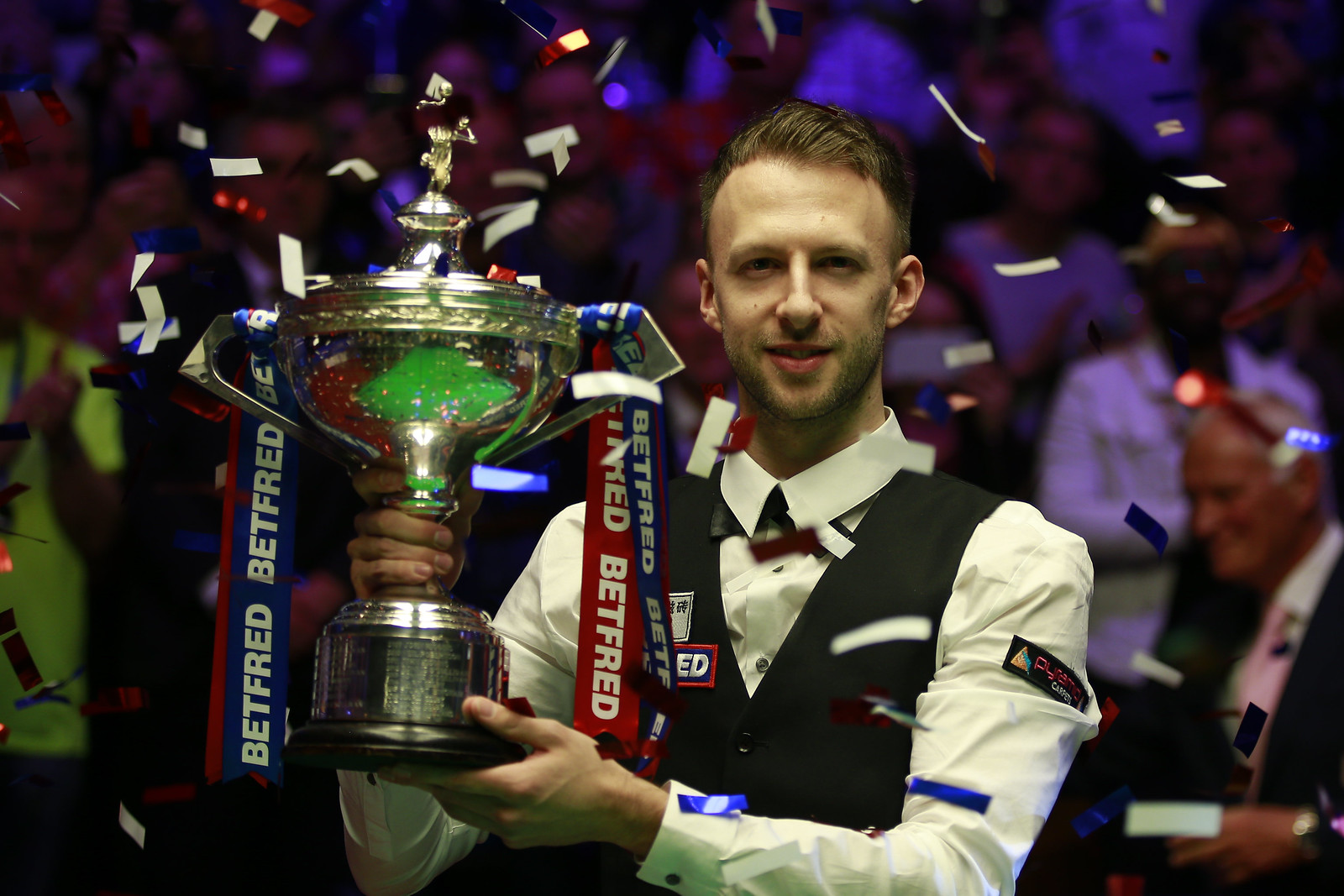
Trump’s Achievements
Little over two years on from claiming his ninth ranking crown in Belfast, Trump now stands on 20 behind only Ronnie O’Sullivan, Stephen Hendry, John Higgins, Steve Davis and Mark Williams – each of whom would rank highly among any list of all-time greats.
Now is not the time, nor the article to consider Trump’s place in snooker’s pantheon of greats, for he in all likelihood has many years ahead of him to add to his ultimate trophy haul. But we can consider in isolation his “incredible” start to the season and see how the package of work that he has built over the past two years stands up when measured against the very best.
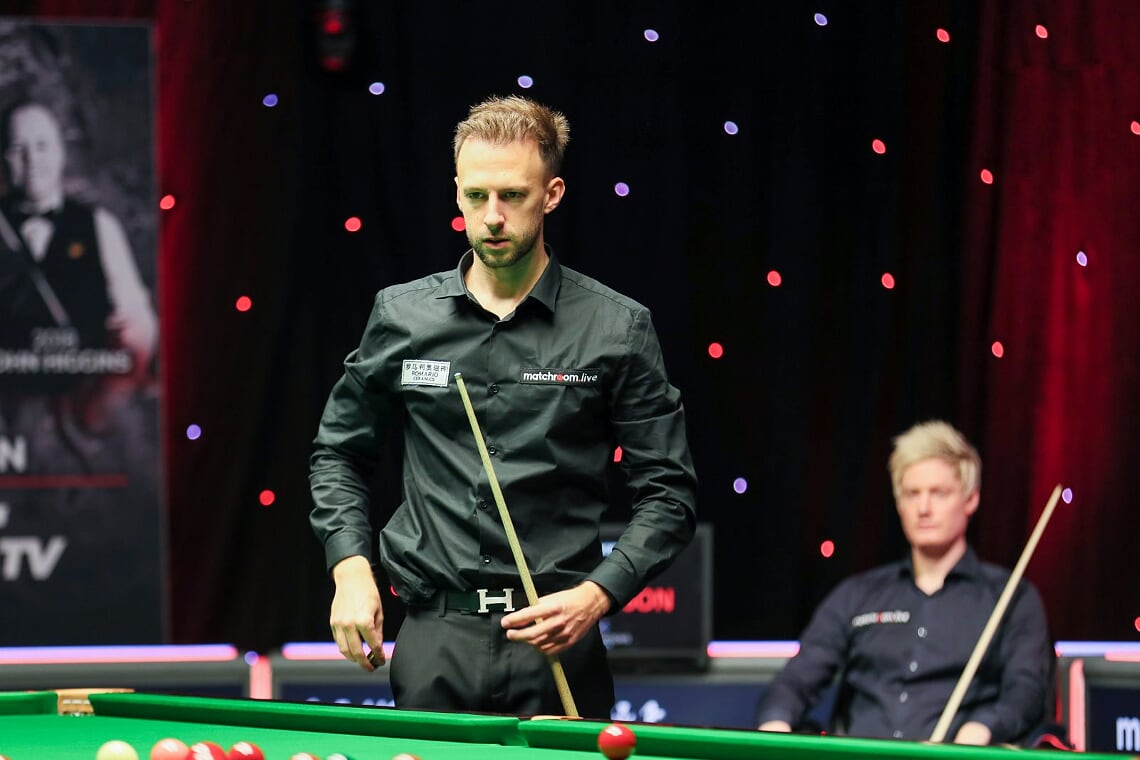
The Season Start
From the opening seven ranking events of the 2020/21 season, Trump has claimed three titles, while reaching a further two finals and one semi-final.
This marks the 11th time that a player has enjoyed such a strike rate, Trump himself having also done so last season, though not enjoying the same level of consistency in the tournaments that he did not win.
There are three instances of players earning more than three titles from such a period, most notably Stephen Hendry’s unparalleled run of five titles and one final from the first seven events of the 1990/91 campaign, while Steve Davis claimed four during 1987/88.
More recently, Ding Junhui claimed four titles from seven during the 2013/14 season, a feat made all the more impressive by the fact that he won an incredible three consecutive crowns during the autumn, becoming the first player since Hendry to do so.
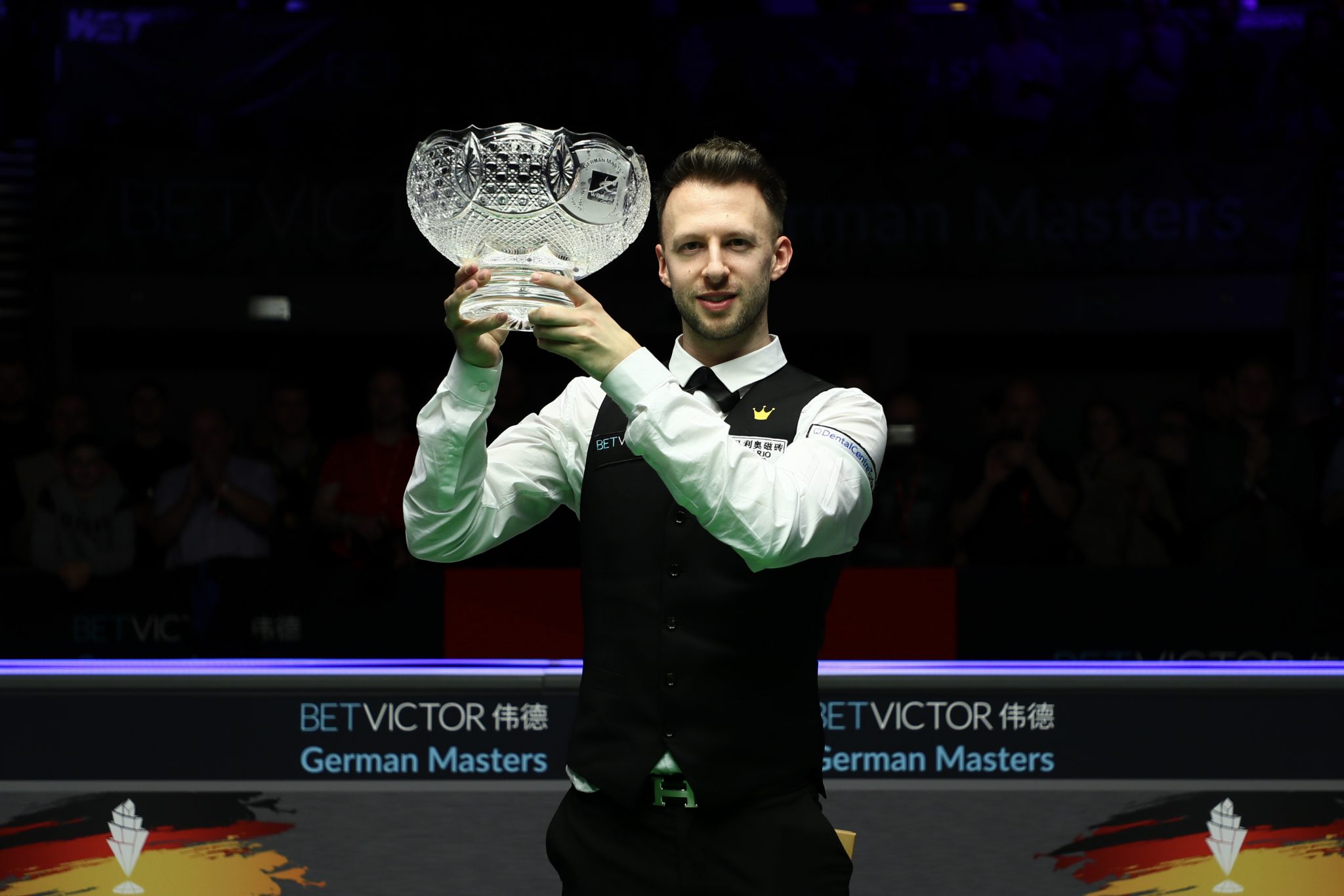
The Calendar Year
Trump’s triumph at the World Grand Prix marked a record sixth ranking event win of 2020, eclipsing the previous best of five set by Stephen Hendry in 1990 and himself in 2019.
A further four players – Steve Davis, Mark Selby, Ding Junhui and Jimmy White – have been able to secure four ranking crowns during a single calendar year, while five (including each of the ‘Class of 92’) have won three.
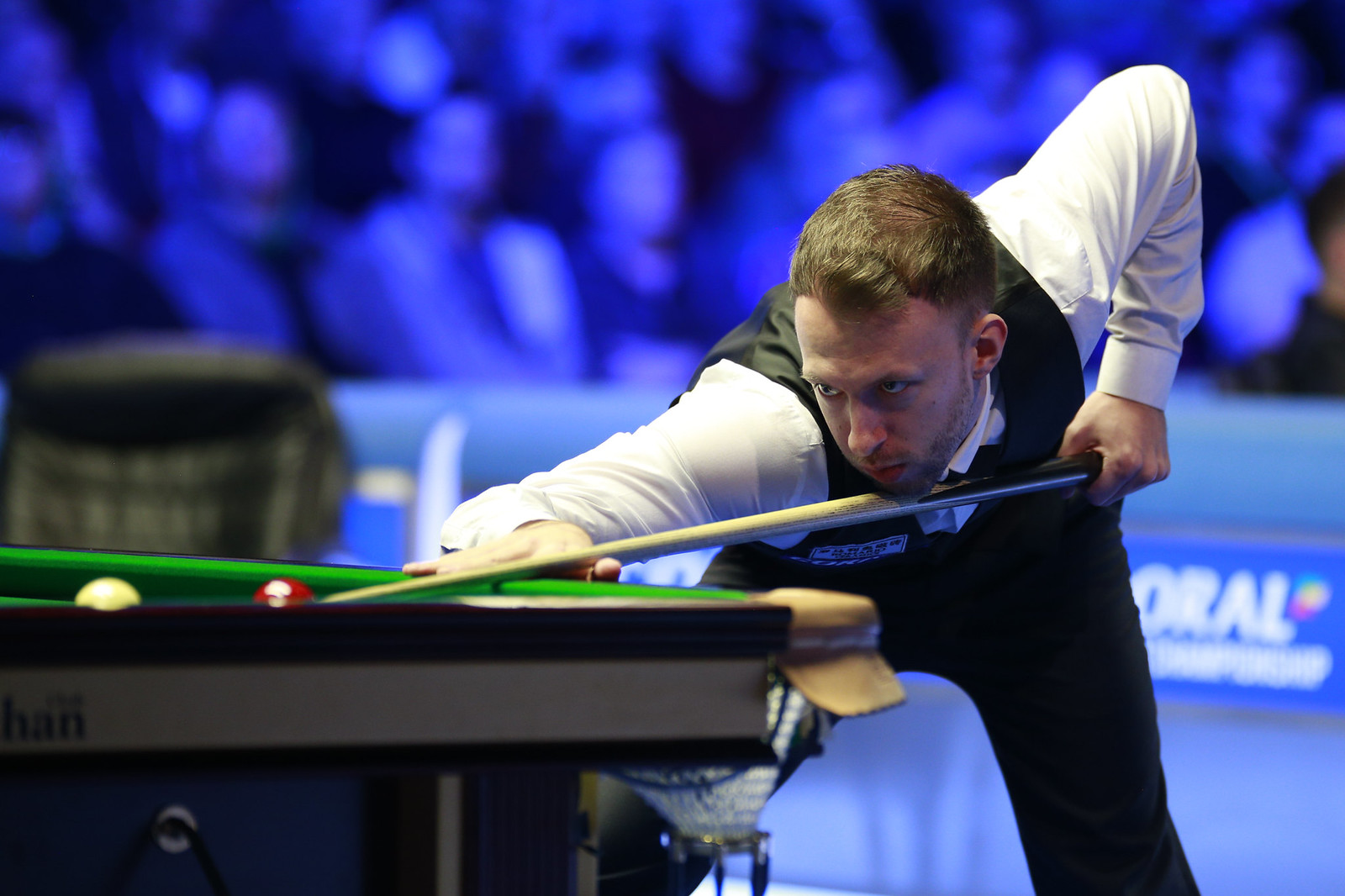
Back-to-back
It is arguably when the counting period is extended to 24 months that the extent of Trump’s consistency becomes even clearer, with his haul of 11 ranking titles comfortably standing alone over a two-year period.
His closest rivals in this league table are Stephen Hendry (1989-90) and Steve Davis (1987-88), who each earned up to eight crowns during their best two-year period, while Mark Selby won seven from 2015-16.
Trump has also contested 12 of the last 25 ranking event finals held, dating back to his 2019 Crucible triumph.
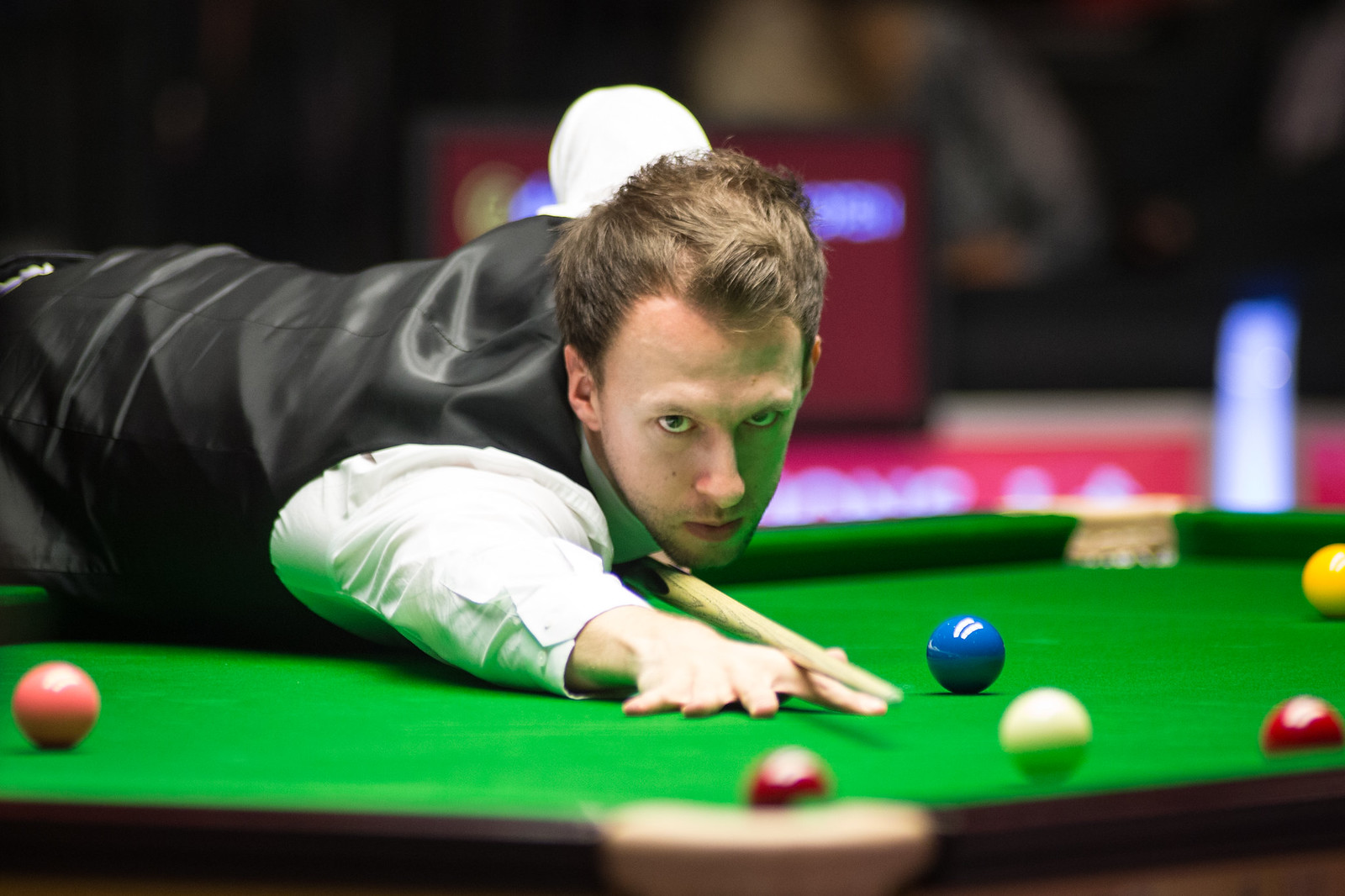
Is Trump Underestimated?
And so, to the burning question – does Trump receive the recognition that his achievements over the past two years have merited?
To the ‘outside world’ it is Ronnie O’Sullivan, who has been the flag bearer for the sport for a generation has dominated the headlines and having claimed his sixth world title back in August continues to do so. There have been few snooker players in the modern era who have been able to transcend the sport and attract interest from people outside of the “snooker bubble” quite like O’Sullivan has and regardless of Trump’s current success this continues to be the case.
Within the snooker community, whether it be players, media or fans however, there are few who do not recognise the quality and the appeal of his brand of snooker brings to the table. While he has long since moved on from the ‘naughty snooker’ tag that arguably would come to haunt him for a number of years, he remains capable of producing shots that no other player can conjure, particularly within a high-pressure “live” frame of snooker.
Are there any valid arguments for Trump’s success not being as impressive as the numbers suggest? Below I tackle a couple of the most common cases against him that I have seen stated on social media in recent weeks…
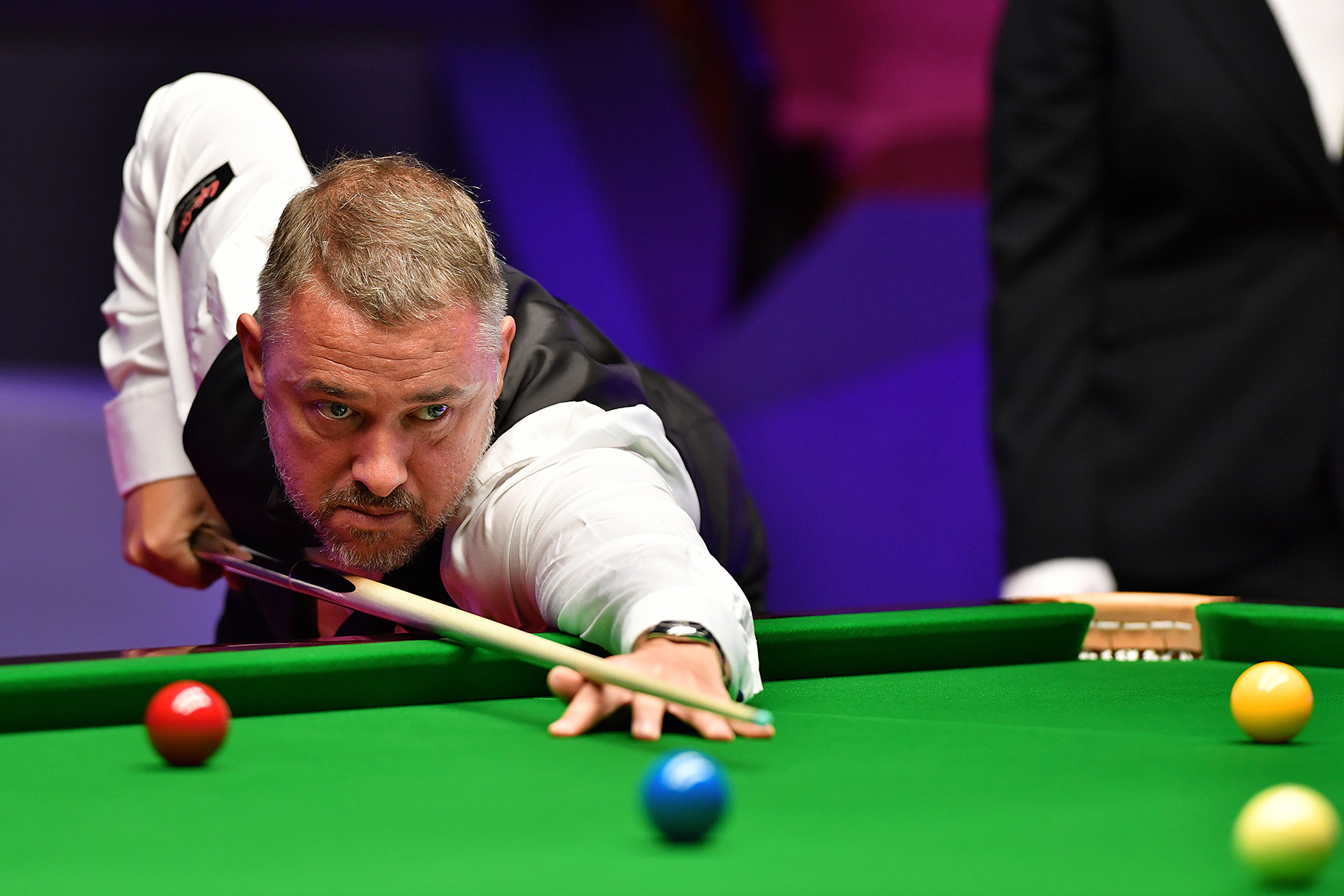
“There are more events now”
It is no secret that the past decade has seen a significant increase in the volume of ranking events staged, providing greater opportunity for players to amass the numbers that Trump has.
Stephen Hendry’s strike rate of five titles and one final from eight tournaments in 1990 remains the benchmark, while Ding Junhui claimed four from 12 in 2013. By comparison, Trump’s six this year have come from 16 tournaments, during which he has reached a further two finals.
While a greater number of events held have undoubtedly given the current generation of players more opportunities to win, there is also an argument to say that the strength of opposition relative to 30 years ago has increased significantly and made consistent success more difficult to achieve.
How the standard at the very top of the game compares to the Davis and Hendry years is open to debate, but with regards to the strength in depth on tour and the standard in the early rounds of competitions, few would argue that this not increased exponentially in recent years.
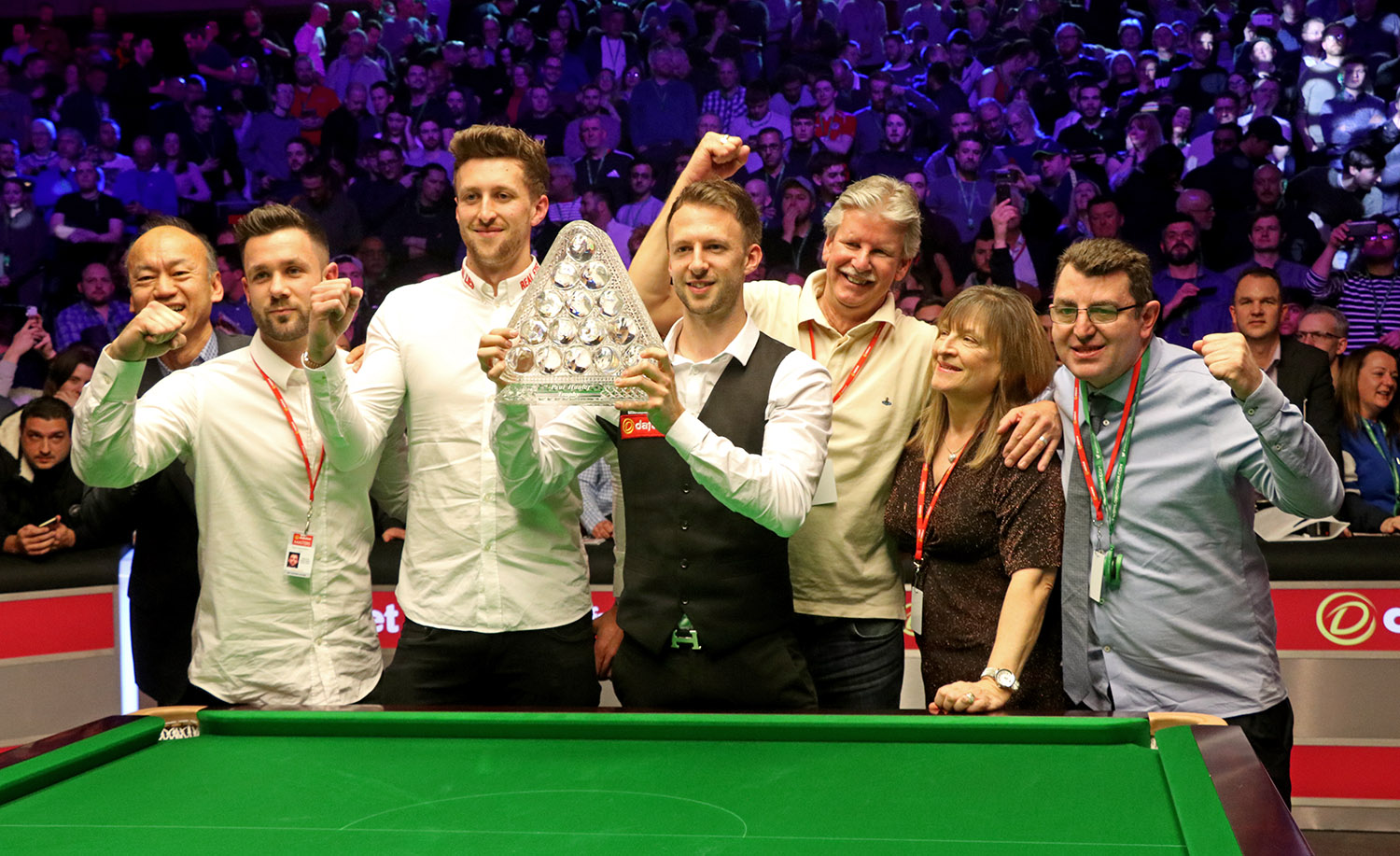
“He hasn’t won enough Triple Crown events”
To date Trump has won three of snooker’s ‘Triple Crown’ events during his career, most recently the Masters and World Championship crowns in 2019. With fewer wins at these events and the UK Championship, than the calibre of player that he is measured against, combined with not having added to his tally this year, does this detract from Trump’s success?
Of course, these three events carry the longest history in our sport and so are a unique benchmark upon which all of the greats from Davis to Trump can be measured at least somewhat equally.
However, it should also be acknowledged that in the modern game there are other significant tournaments, with formats and prize money totals at least comparable to the big three. His victories at the International Championship in 2012 and 2019 for example were played under similar formats to the UK Championship, while victories at events such as the Players Championship were won under formats not unlike the Masters.
While these events might not have the history of the Triple Crown events, this does not mean that they are easier to win.

And if we are to put aside any arguments as to the value of these events, it remains the case that Trump has nevertheless won more Triple Crown events than any other player since the start of 2019 with two victories, coming within a couple of pots of making it three at the UK Championship earlier this month.
It is true to say that Trump has fewer of these wins during his career so far than the all-time greats and that at the end of his career, his number of Triple Crown – and in particular World Championship titles will be something upon which his achievements are judged.
But when looking at his achievements so far this season and over the past two seasons, it is difficult to argue that his performances in these events have significantly detracted from his feats.

The Verdict
It is never easy to compare athletes from different eras across any sport and snooker is no different, with both the structure of the tour, playing conditions and the depth of standard having changed significantly as snooker has evolved over its long history.
What can be said is that by any objective measure, what he has achieved during the past two years has been at the very least hugely impressive. Whether Trump has received the credit he is due for this perhaps depends on what you read, but if not, perhaps it is previous perceptions of underachievement have proved hard to look past in the eyes of some on the periphery of our sport, as he has evolved into the sport’s top ranked player.
Regardless, as still the fourth youngest player ranked inside of the world’s top 16, if he can maintain his current winning brand of snooker then no doubt people will be speaking of his achievements for many years still to come.
Article by Matt Huart.
